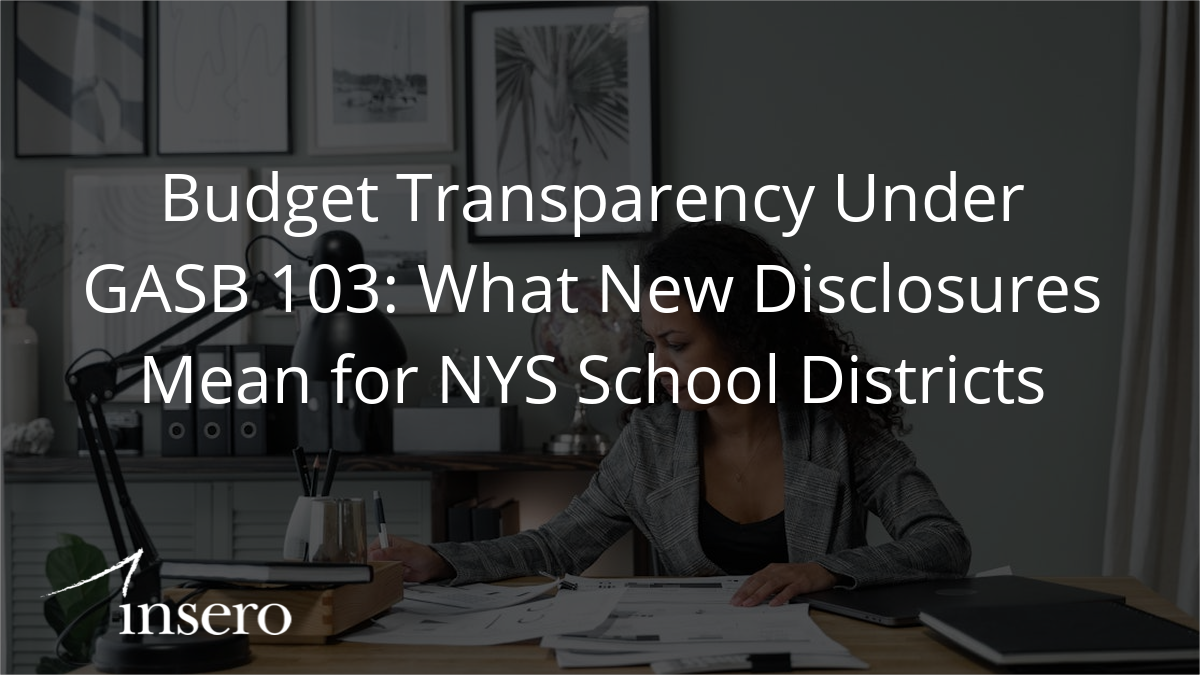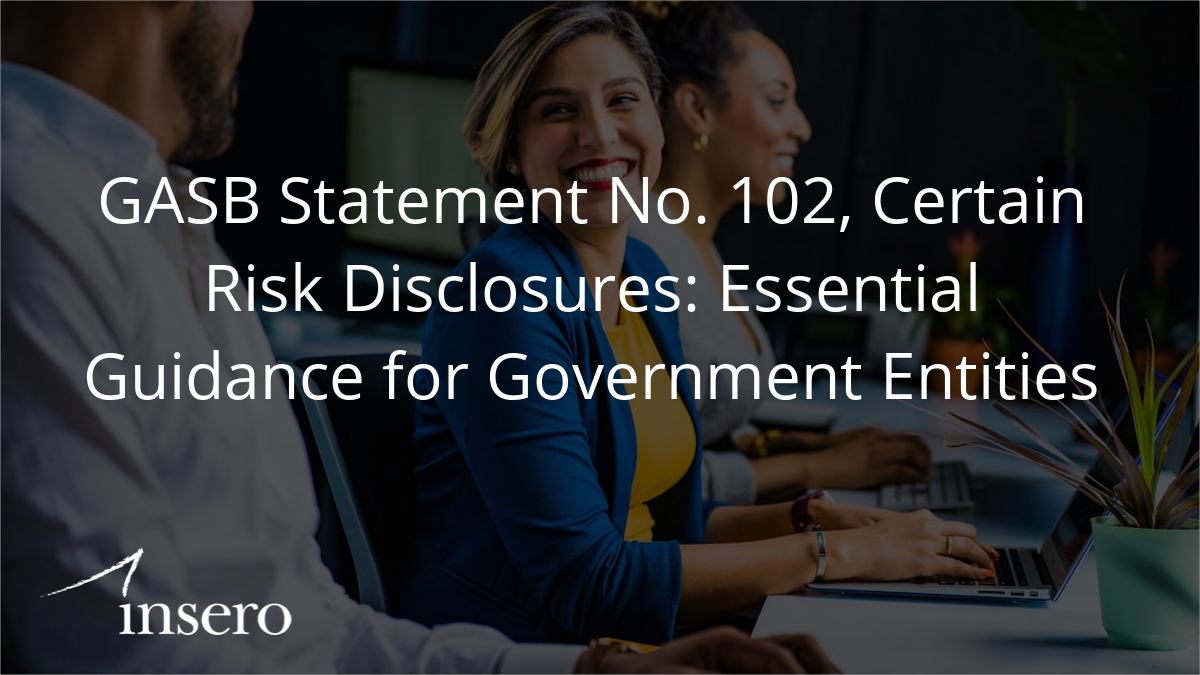ARTICLE | October 03, 2025
In today’s regulatory environment, 401(k) compliance is unforgiving. Minor oversights can trigger costly penalties, participant complaints, and brand-damaging headlines. Below we highlight five of the most common operational missteps we uncover in plan audits and explain how recently added DOL self-correction relief can help proactive plan sponsors stay ahead of risk.
1. Delinquent Employee Contributions and Loan Repayments
Failing to deposit employee contributions to the plan’s trust in a timely manner is a serious breach of fiduciary duty and can lead to penalties and lost earnings for participants. The DOL requires employee deferrals and loan repayments to be deposited into the plan “as soon as administratively possible”, but no later than the 15th business day of the following month. In practice, the DOL expects most deposits to be processed within a few business days. Important: The 15-day rule is not a safe harbor. It’s the maximum allowable time, not a grace period. If an employer can reasonably segregate and deposit contributions earlier (e.g., within 2-3 business days), they are expected to do so.
2. Eligibility and Auto-Enrollment Errors
Automatic enrollment boosts participation and helps satisfy nondiscrimination tests, yet it introduces new risk: missing or incorrect enrollments. Common trip-ups include failing to timely auto-enroll employees, failing to auto-enroll rehired employees, applying the wrong default deferral rate, or neglecting annual automatic escalation.
3. Incorrect Definition of Compensation
Whether your plan uses gross pay, W-2 wages, or another formula, the chosen definition must be applied consistently to calculate deferrals, matching contributions, and testing. Problems arise when certain compensation components such as bonuses, overtime, and fringe benefits are inadvertently excluded or misclassified.
4. Failure to Use Forfeitures Promptly
When non-vested balances are forfeited, plan documents typically allow those dollars to be used to reduce employer contributions, pay reasonable expenses, or be reallocated among participants. Forfeitures should be used or allocated no later than 12 months after the end of the plan year in which they were forfeited, yet we often see forfeiture accounts accumulate for years.
5. Late Form 5500 Filing or Not Filing at All
The Form 5500 is due seven months after plan year-end with a 2.5-month extension available. (i.e. December 31, 2024 plan year end is due July 31, 2025 , or October 15, 2025 with extension). Late or missing filings can trigger significant penalties from the IRS and the DOL.
DOL Self-Correction Relief
Good news: the DOL offers two key voluntary compliance programs to help plan sponsors avoid steep penalties and correct operational errors. The Delinquent Filer Voluntary Compliance Program (DFVCP) allows for reduced penalties for late or missed Form 5500 filings, provided the plan is not under investigation. Meanwhile, in 2025, the DOL expanded its Voluntary Fiduciary Correction Program (VFCP) by adding a Self-Correction Component (SCC). Plan sponsors can now correct certain late deposit violations without submitting a full VFCP application. The SCC portal streamlines documentation and shortens resolution time, but eligibility rules are strict. If your plan has delinquent contributions or similar issues, review the SCC instructions or consult with your retirement plan advisor or third-party administrator (TPA) before proceeding.
Action Steps for Plan Sponsors
- Map payroll processes to ensure timely deposits of employee deferrals and loan repayments.
- Align HR and payroll systems to synchronize eligibility and auto-enrollment data.
- Audit your compensation payroll codes annually to ensure accurate treatment of all pay elements.
- Monitor forfeiture account balances quarterly to avoid compliance issues.
- Plan your Form 5500 preparation timeline starting the day after year-end.
How Insero Can Help
Insero’s Employee Benefit Plan Audit team is in the top 1% of benefit plan auditors in the U.S. based on plan assets audited. This provides us with firsthand insight into where 401(k) compliance breaks down and how to address it quickly. Our knowledgeable, professional, and approachable advisors can:
- Perform a readiness assessment before your next audit or IRS/DOL review.
- Implement design process improvements to automate eligibility, remittance, and forfeiture usage.
- Guide you through the new DOL Self-Correction Component where applicable.
Getting 401(k) compliance right protects your participants and your bottom line. Let’s talk about how Insero can help you mitigate risk and run a best-in-class retirement plan.
Let’s Talk
Fill out the form below and we’ll get back to you to discuss your specific situation.




